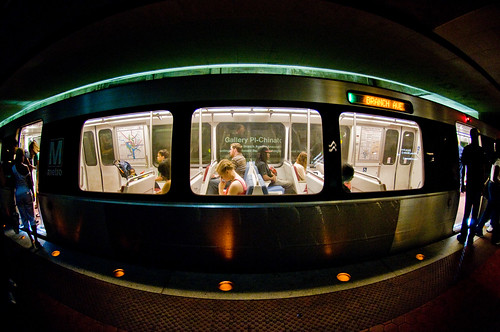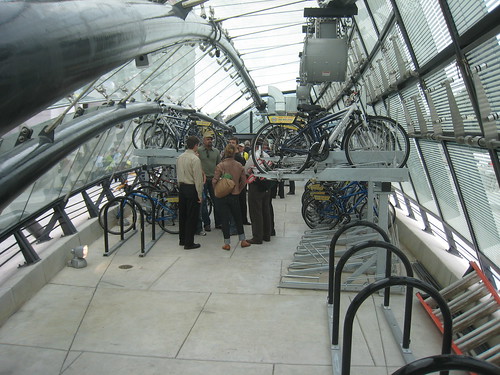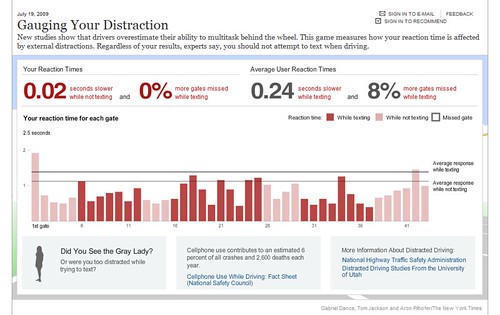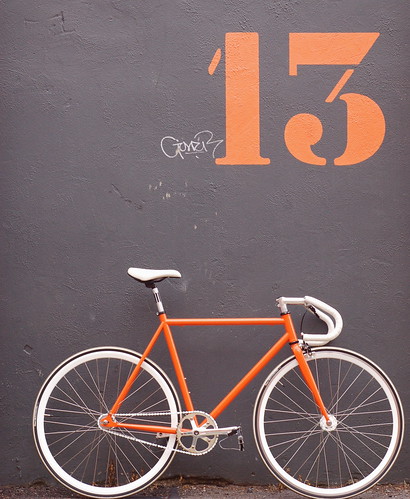TransportGooru Exclusive: Thoughts & observations of Distracted Driving Summit Panelist, Mr. Rod McKenzie, CTO of Intelligent Transportation Society of America
Thanks to Rod McKenzie, the Chief Technology Officer of Intelligent Transportation Society of America (ITS America), for sharing his summary of observations from the Distracted Driving Summit (See below for Rod’s bio). Rod was also among of the distinguished panelists that participated in the Summit, which makes this article even more compelling. Also, don’t forget to check last week’s article by Adam Hoops, a Transportgooru supporter & ITS industry whiz, who shared with us his views and notes from the Summit (he participated virtually, watching and listening to the proceedings online).
Note: Please register your comments/kudos below for Rod in the comments box below.
——————————————————————————————
Last week I had the honor of participating in the U.S. Department of Transportation’s Distracted Driving Summit. Our panel was focused on technology’s role in both preventing and contributing to distracted driving. I was accompanied by my other panelists in highlighting how technology can help address distracted driving, and must not be demonized in our efforts to end what Secretary LaHood described as an epidemic of driver distraction.
Over the course of the Summit one of the prominent topics was legislation, with discussion on how we as a nation can legislate and enforce against dangerous practices such as texting while driving. While these bans are clearly an essential part of the campaign to reduce the fatalities that distracted driving causes, the American Automobile Association (AAA) amongst others presented data that demonstrated we must do more than just legislate. A survey of AAA membership demonstrated that even though a large majority of people acknowledged the extreme danger of texting or dialing on a cell phone while driving, many of these same people surveyed admitted they themselves had recently done these very actions while driving.
New technologies such as cell phones, PDA’s, after-market GPS systems, and MP3 players have become such a strong part of our lives that we are apparently not willing to stop using them even behind the wheel. Legislation, enforcement and education are extremely important in changing dangerous behaviors and making our roads safer, but we can also integrate many of these technologies into our cars to minimize distraction. Technologies such as hands-free phone and GPS navigation systems must be integrated carefully and seamlessly into the vehicle driving environment. Displays must be easily visible without having to take your eyes off the road and controls must be simple and intuitive, avoiding the need for hands off the wheel. Conversational voice technology is developing rapidly creating new systems that allow text messages to be read to the driver, who can then dictate and send a response using voice command.
Additionally, preventative technologies are already keeping drivers focused on the driving task, helping to prevent accidents caused by distracted driving. Lane departure warning, blind spot monitoring, fatigue detection and other technologies ensure driver mistakes don’t turn into accidents. Of course, these technologies must be carefully developed and integrated into the vehicle so that the communication of the additional information they can provide does not itself become a distraction.
Distracted Driving is one of the oldest new problems we have, and while the misuse of new technologies has contributed to the problem, technology and innovation are also a key part of the solution. The multi-pronged approach of legislating behavior, public education and making our technology smarter and safer is the key to ending distracted driving. Just as anti-lock brakes and stability control have been proven to help drivers avoid accidents, technology will continue to adapt to the modern driver’s needs to provide a safe driving experience.
————————————————————————————————-
Author’s Bio: Rod MacKenzie provides oversight for ITS America’s technical and business development programs. As vice president for programs, he is responsible for leading the program staff and providing day-to-day guidance on program management, project execution, and resource allocation. In his role as chief technical officer, Rod monitors new technologies and assesses their potential to become new products or services within the ITS marketplace, overseeing the selection of technical projects to ensure that they have the potential to add value to the organization and its members.
Rod has more than 20 years of experience in the automotive, telematics, navigation, and mobile infotainment industries. Prior to joining ITS America’s staff in April 2009, Rod was the vice president of advanced applications and services at XM Satellite Radio where he led the development of new telematics capabilities and infotainment services, including real-time traffic and weather, with particular focus on the company’s core automotive business and OEM partners.
Rod holds a bachelor’s degree in mechanical engineering from Brunel University in Uxbridge, England.
About ITS America: ITS America is a non-profit organization engaged in promoting & fostering the use of advanced technologies in surface transportation systems. ITSA is the leading advocate for technologies that improve the safety, security and efficiency of the nation’s surface transportation system.












